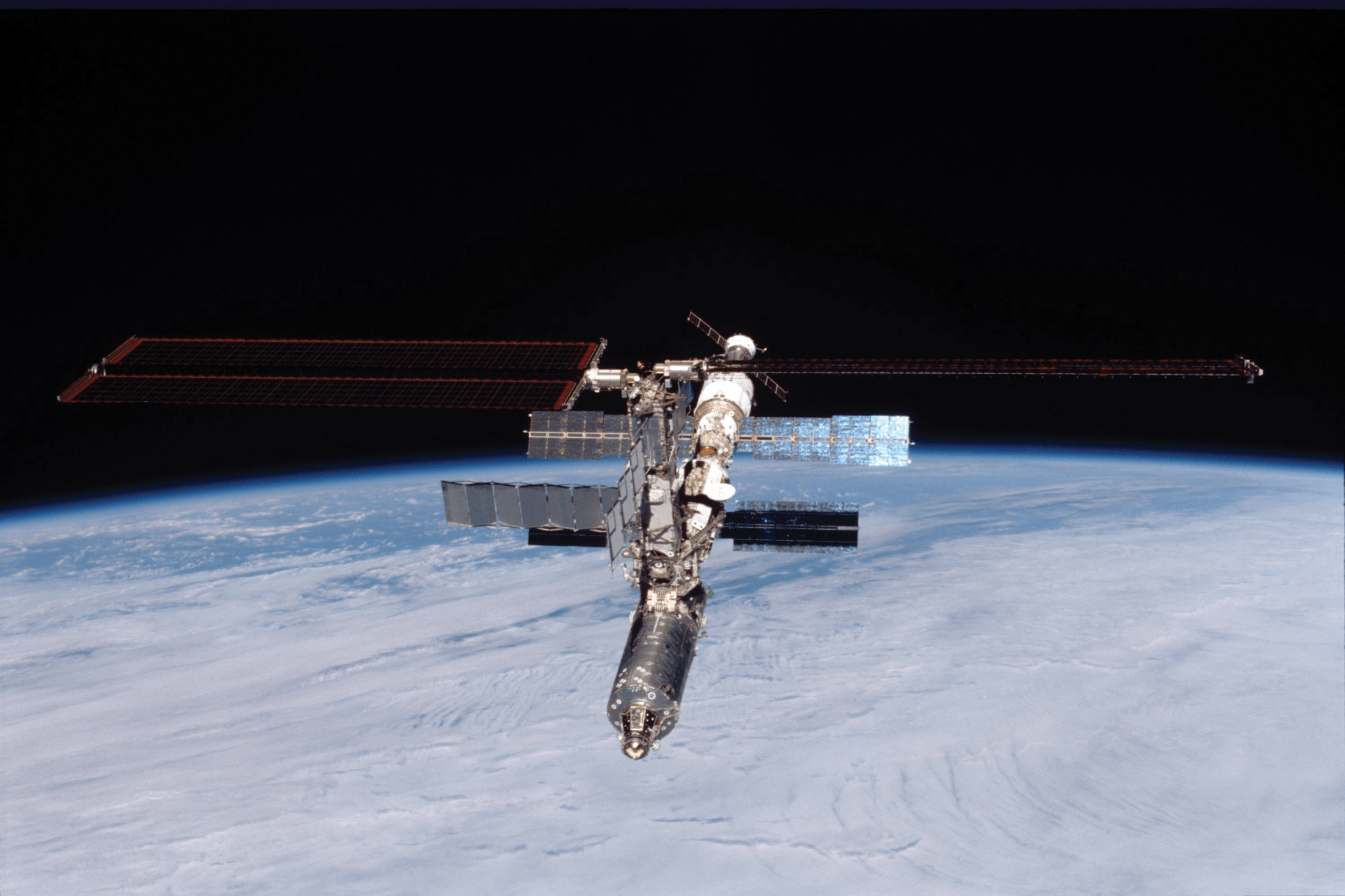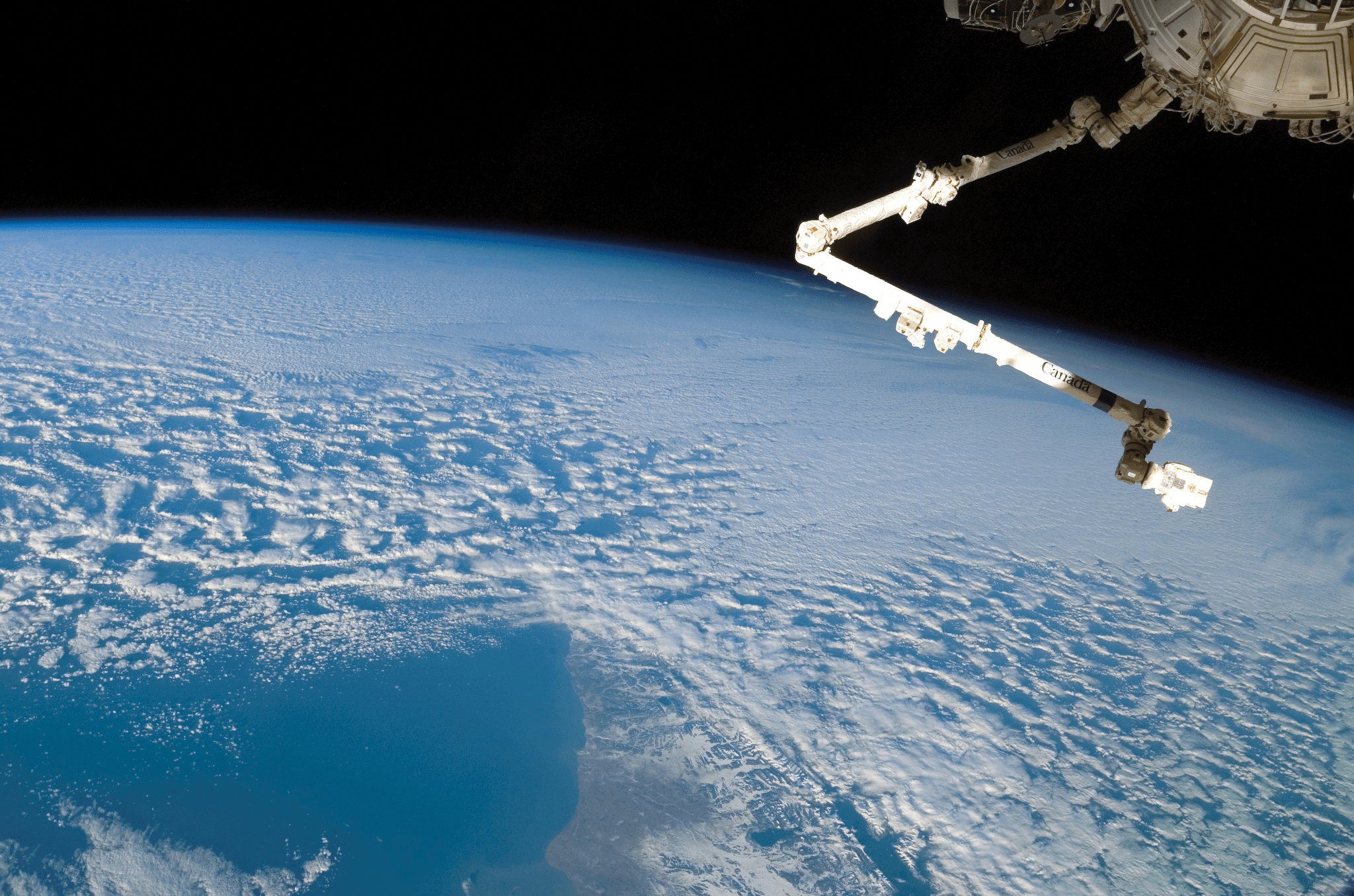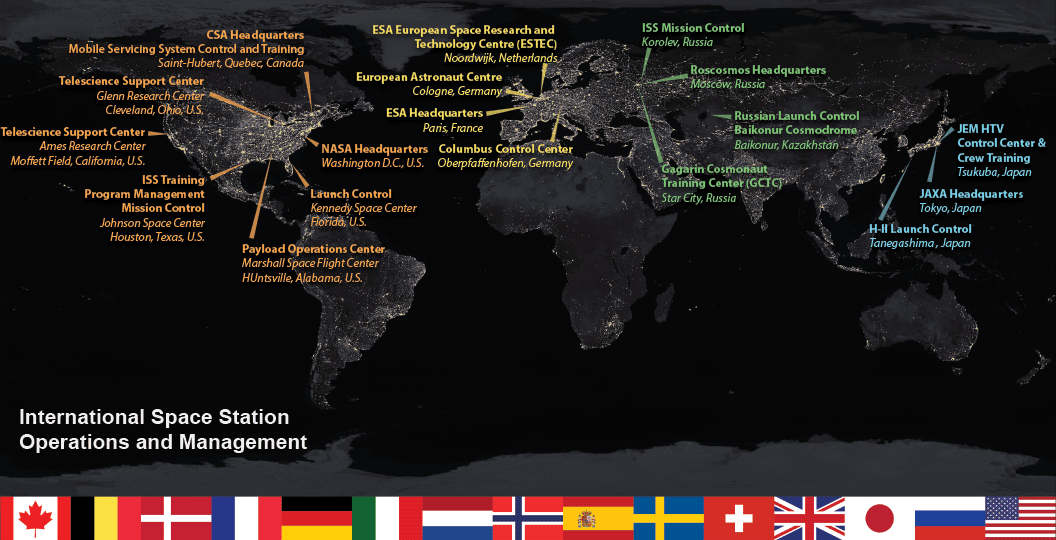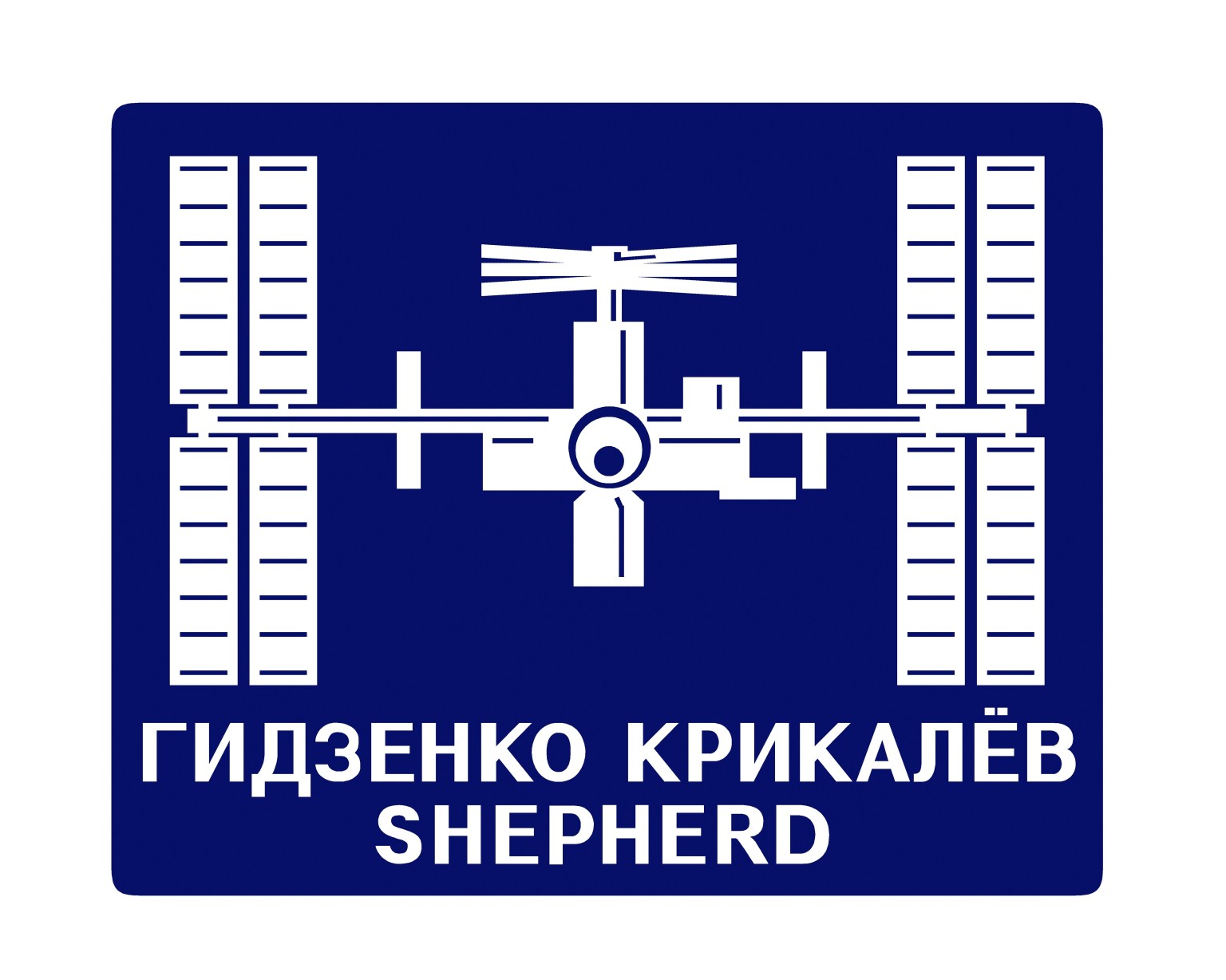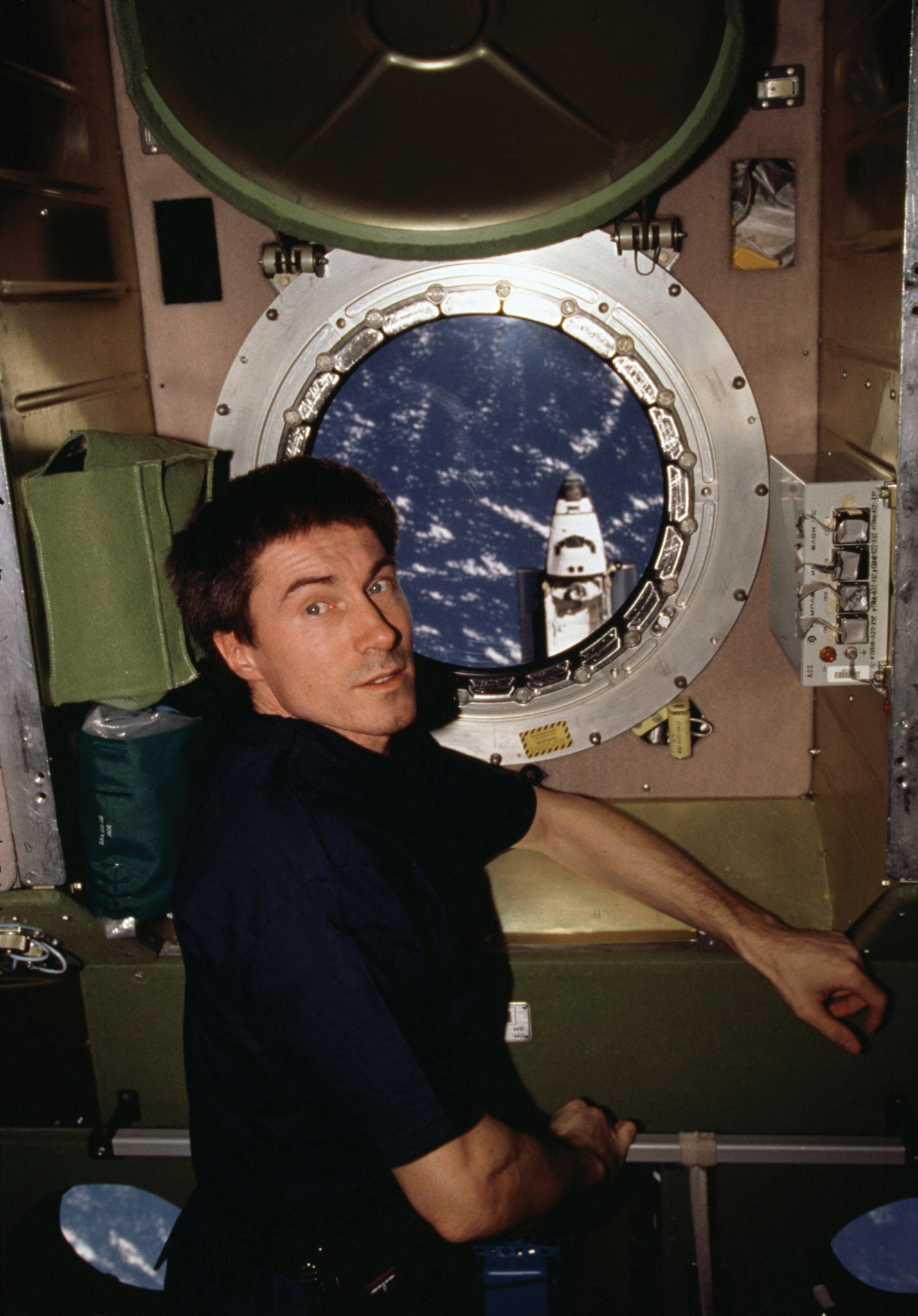
No matter how many pictures of Earth you see, nothing can match gazing out the windows of the International Space Station at our planet rotating below. For the few hundred people who have had that privilege, it can be life changing.
To come as close as possible to experiencing this perspective, view Earth through the eyes of Russian cosmonaut Sergei Krikalev, who ranks third to cosmonauts Gennady Padalka and Yuri Malenchenko for time spent in space, logging over 800 days aboard the International Space Station, Mir space station, Soyuz spacecraft, and the space shuttle. He kicked off more than 20 years of continuous human habitation aboard station in November 2000 as one of three members of Expedition 1. Krikalev shared his unique perspective on the power of collaboration in space and looking down on Earth.
What was it like seeing the Earth from space for the first time?
I was amazed to see the horizon. Before that, when on the globe, I flew very high on different airplanes and still saw a flat horizon. But from orbit, you can already see a curvature of Earth. The second surprise was to see with your own eyes that we have a pretty thin layer of atmosphere protecting us.
How would you describe the colors of the planet below?
I remember discussing with scientists before the flight that everyone reports seeing bright colors, but from a scientific point of view, when you look down, you have a blue filter. This blue filter makes all colors actually not so distinct. The same way, when we look up at the sky and we see blue sky, we actually see a thick layer of atmosphere between us and Earth’s surface. So really, green is not so green. It is more like bluish green. Blue is bluer because we have more blue from the atmosphere. Where we have really bright colors is on the horizon, especially during sunrise and sunset.
How did the pictures you took contribute to science?
We actually not only had specific directions from scientists, but they also educated us generally on what they may be interested in. So if I see something, even if I do not have direct guidance from scientists, I know that, for example, this bloom of water from a river into the ocean and see how spreads different colors in the ocean can be interesting. And it can be interesting, actually, for several scientists. For oceanographers, for people who study living creatures in fresh water and salt water, to know how this water spreads. And sometimes you can really see what is happening when two different waters mix. When you see some unusual structure of clouds, you take a picture, knowing that people are studying some effects in the atmosphere. Then we have a very interesting discussion with scientists to explain what we see.
Did you have any big takeaways from your first time in orbit?
I remember from my first flight, when you look down, it is a little more difficult to find things on the surface. When you do it on the map, you have borders and start to use borders as a landmark. But in space, you have no borders. You have only the natural rivers, mountains, beaches, forests, or something like that. You start to understand that in many cases, our separation on Earth is more artificial. We are living on the same surface. When you see a forest fire, you see that smoke is going sometimes for hundreds of kilometers. They cross all borders. There is no wall on this border. If you have disaster on one side, it can easily spread on another side. If you have flooding, it floods an area not looking at the border between different regions or different countries. You start to see that we are more united.
This feeling of being united, how do you think it can be brought back down to Earth?
I think what we do in space together is a good example of how people need to live on the ground. I know that people sometimes start to argue with no good reason; but especially when you are in a harsh environment, you rely on each other and try to help each other. That is how we live in space, and that probably can be a good example for people on the ground. We try to keep this area protected and keep this good example to politicians and maybe other people in my country and your country, showing that is really how we need to live.




























